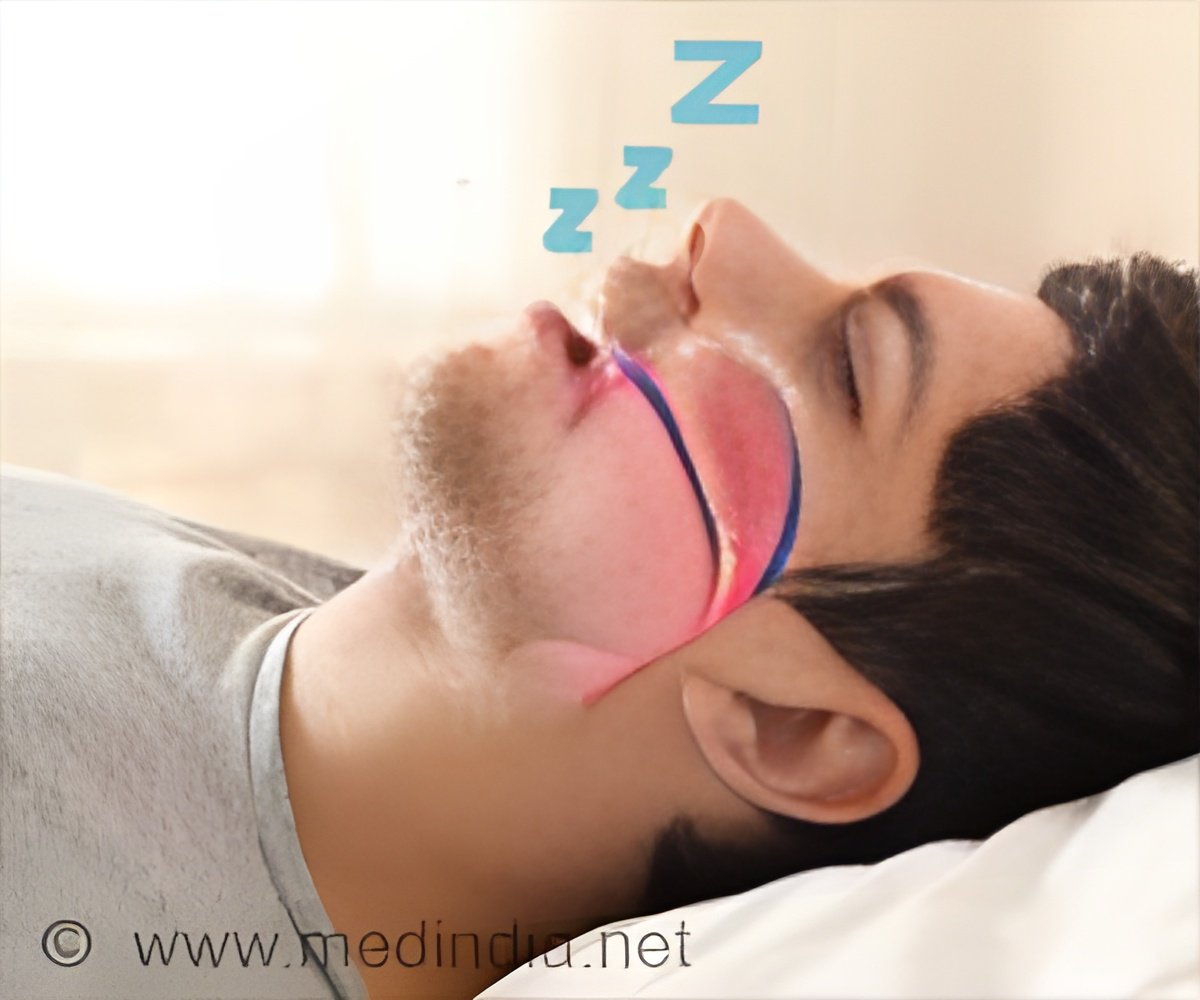
Obstructive sleep apnea affects over 100 million people globally. Individuals with this condition experience frequent pauses in breathing while they are asleep. Inadequate sleep duration and quality can lead to various health problems, including a higher incidence of chronic pain in individuals with obstructive sleep apnea compared to those with normal sleep patterns.
Our focus is on maladaptive neuroplasticity in primary nociceptors, which serves as a link between acute and chronic pain, leading to persistent pain.
Scientists at The University of Texas Health Science Center at San Antonio (UT Health San Antonio) School of Dentistry created a first-of-its-kind sleep apnea model for studying chronic pain. A study published in Science Signaling, explains the mechanism behind persistent pain related to obstructive sleep apnea.
The peripheral nervous system processes information from nerves in the arms, legs, and skin, and transmits it to the central nervous system. Nociceptors in this system are nerve cells that detect pain-inducing events.
This research significantly advances our understanding of the relationship between sleep apnea and persistent pain. By understanding how oxygen deprivation contributes to pain sensitivity, new therapeutic approaches that may improve patient outcomes can be developed(1✔ ✔Trusted Source
Peripheral macrophages contribute to nociceptor priming in mice with chronic intermittent hypoxia
To mimic the effects of obstructive sleep apnea in a mouse model, the researchers created a chronic intermittent hypoxia environment. After 14 days, the team observed increased cytokines, molecules released by the immune system that tell other cells to produce an inflammatory state. In a state of chronic reduced oxygen, these released cytokines cause sensitivity in nociceptors that produce prolonged sensitivity to pain.
Given the extensive prevalence of obstructive sleep apnea, this study has far-ranging implications for both its treatment and treatment of associated persistent pain. Jeske said most people who have obstructive sleep apnea remain untreated. Many people who are diagnosed and prescribed a continuous positive airway pressure (CPAP) machine do not adhere to its consistent use.
Advertisement
“The puzzle of pain remains unsolved and has led to many untoward events including accelerating the epidemic of opioid use disorder,” said Ken Hargreaves, DDS, PhD, director of the Center for Pain Therapeutics and Addiction Research and professor in the Department of Endodontics at the university’s School of Dentistry.
The findings of Dr. Jeske and his research team offer a novel and potentially insightful approach to resolving this puzzle for patients with obstructive sleep apnea.
Advertisement
Results in this study suggest treatment that corrects the chronic lack of oxygen or targets the peripheral macrophages could correct persistent pain for some obstructive sleep apnea patients. By identifying the mechanisms behind pain related to the condition, future research can explore these and other targeted treatments.
Reference:
- Peripheral macrophages contribute to nociceptor priming in mice with chronic intermittent hypoxia – (https:www.science.org/doi/10.1126/scisignal.adn8936)
Source-Eurekalert



